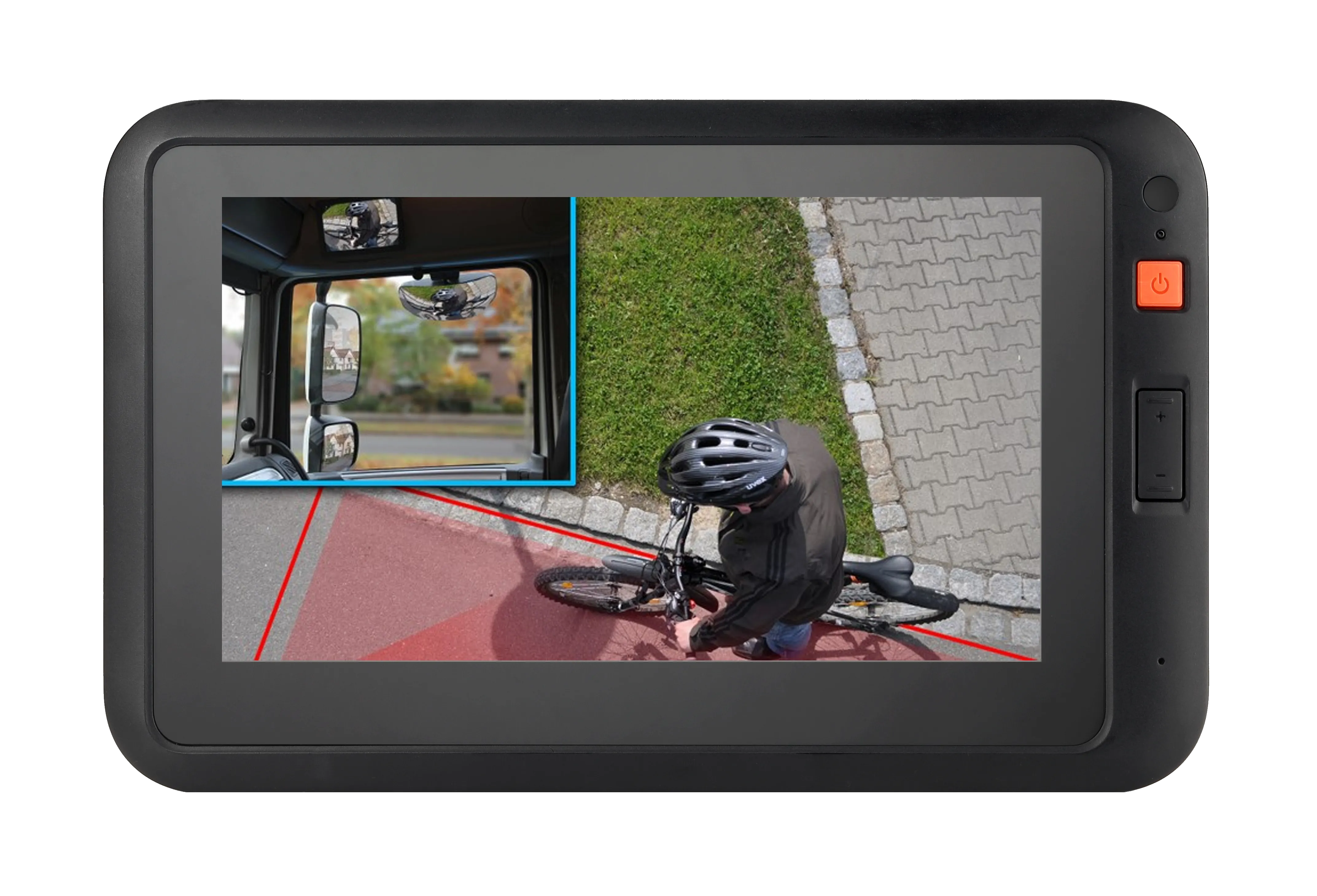When combined with the SmartDrive program and its extended recording capability, SSDD informs fleets of what led the driver to distraction, how it manifested, and the outcome; enabling them to provide detailed feedback and actionable coaching to improve driver safety.
These purpose-built sensors combine with engine computer data, telematics, accelerometer and SmartDrive analytic data. Through a reviewed video and training database of over 200 million analysed driving events, the sensor’s algorithms can be tuned to optimise triggering efficacy and system performance.
SSDD interprets driver cues proven to indicate distraction such as head and eye movements and triggers a video whenever distraction, inattention or drowsiness is detected, which is prioritized and offloaded for immediate verification and intervention, allowing fleets to act quickly.
Other features include purpose-built hardware with infrared sensors that capture distraction even when sunglasses are worn as well as in-cab alerts when distraction or inattention occurs. In addition, it features a prioritized review and risk scoring for video distraction events and integrates with the SmartDrive video safety program.
Video evidence from the SmartDrive library has revealed that drivers who engage in distracted driving frequently demonstrate an over-reliance on their ability to respond to dangerous situations, should they occur, such as putting themselves in perceived safe modes prior to texting. In these situations, drivers move to the right lane using cruise control at or below the speed limit, and position themselves in limited surrounding traffic or at a distance that appears safe. Additionally, drivers regularly misjudge the length of time and frequency of their distraction, texting for a longer time period than estimated, as well as diverting their eyes from the road more frequently and for more time than perceived.
Steve Mitgang CEO of SmartDrive, said: “It’s estimated that distracted driving accounts for 10% of all fatal crashes and 17% of all collisions that cause injuries—at a cost of at least $129 billion annually. Given the difficulty of proving distraction as a root cause, these numbers are probably low. With SmartSense for Distracted Driving, we’re tackling this issue head-on by delivering an intelligent sensor tuned specifically to this risk. And, because it’s delivered with our video safety program, fleets finally have both a comprehensive view of the frequency, severity and impact of distracted driving, and a solution to an industry epidemic that costs money and lives.”
SmartDrive launch new suite of sensors to tackle high-risk driving behaviour
SmartDrive Systems has introduced its SmartSense for Distracted Driving (SSDD), the first in a new line of intelligent sensors that are designed with the intention of identifying dangerous driving habits and intervening with drivers before a catastrophic event occurs. It uses computer vision-based algorithms along with SmartDrive’s video analytics platform to recognize when a driver is distracted.
November 2, 2017
Read time: 3 mins
Related Content












